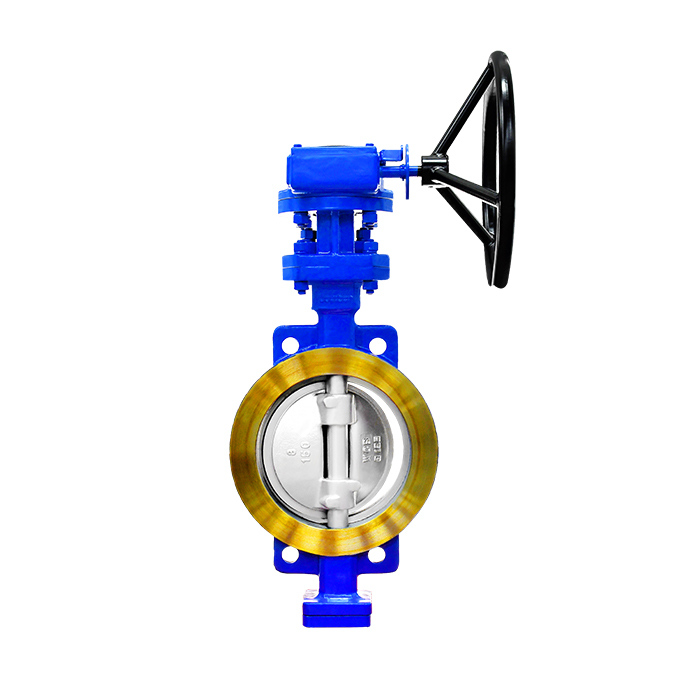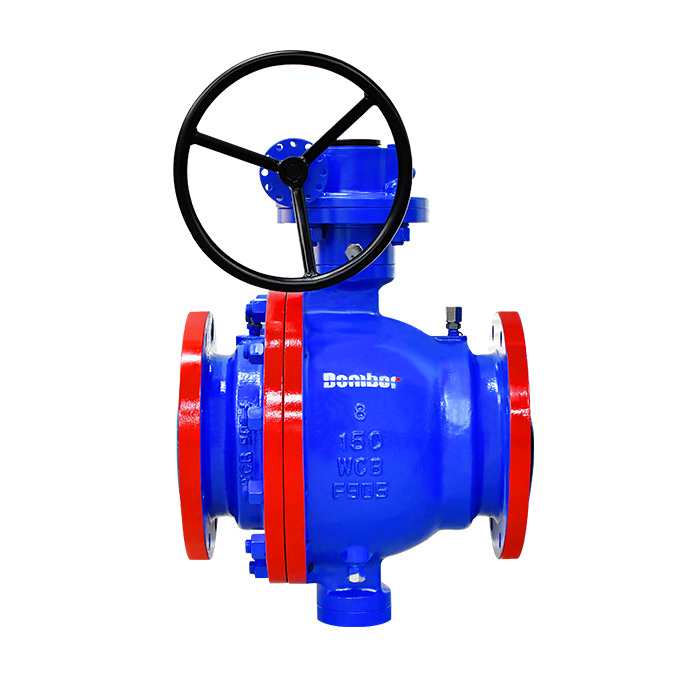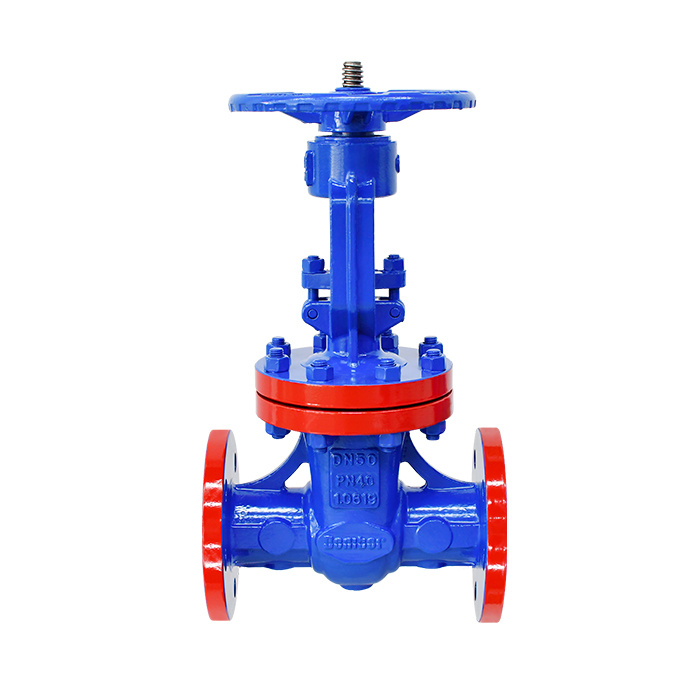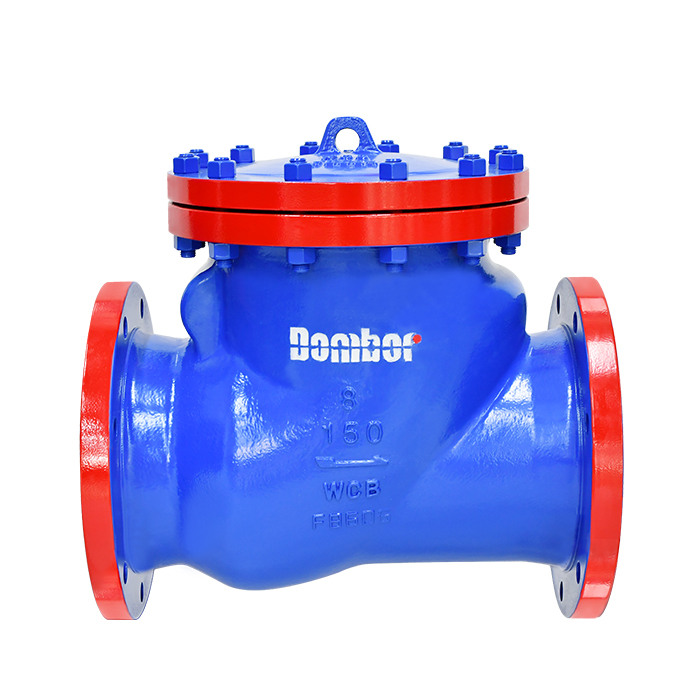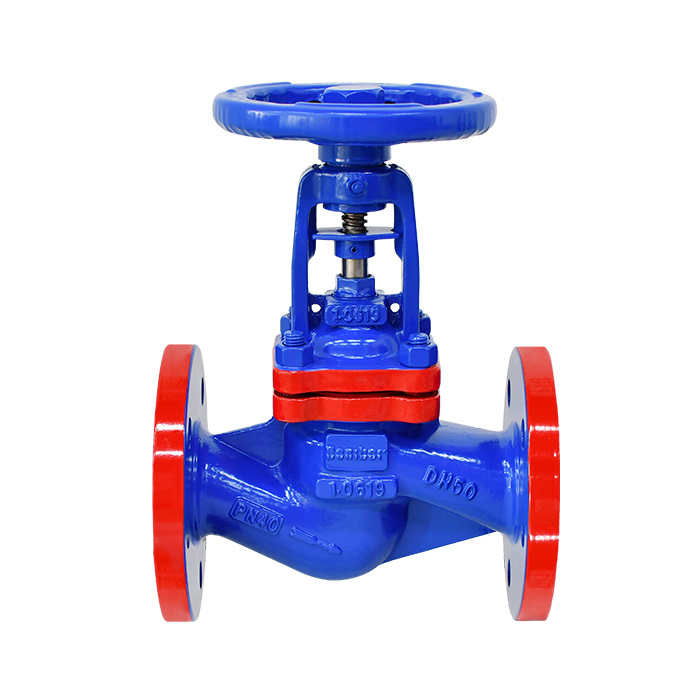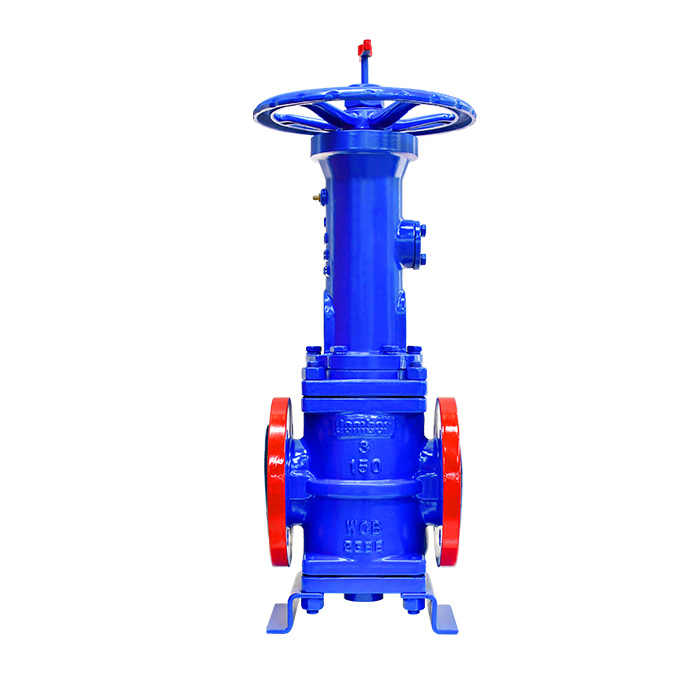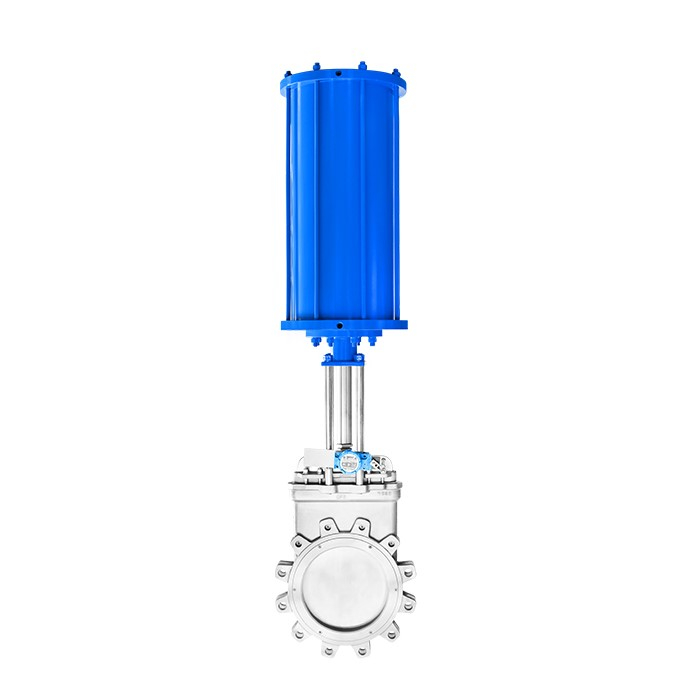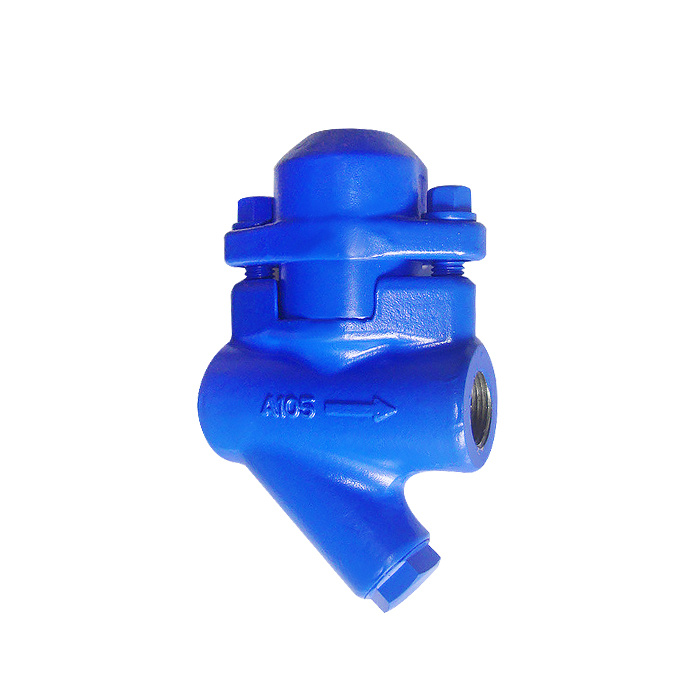Oil and gas operations ranging from refining to distribution, are significantly reliant on pipeline systems. Infrastructure and trustworthy control systems are therefore crucial in the business. In this scenario, oil and gas valves are essential to ensure the safety of the industrial operations of pipelines.
This post will focus on explaining different types of industrial valves, their mechanism, their application in the oil and gas industry as well as API and ASME standards for oil and gas valves.
What are Industrial Valves?

Valves regulate and steer the flow of fluids (such as gaseous and liquidized materials) by opening and closing routes or partially blocking passageways. Technically, valves are fittings, but they’re commonly treated as individual components. Whenever a valve is open, fluid flows from higher to lower pressure.
Valves used in the industry come in a variety of shapes and sizes. Different types of valves are gate valves, globe valves, ball, butterfly, and check valves as well as pressure and diaphragm valves These valves perform a variety of purposes.
Due to their widespread use in commercial construction projects and automation projects, it is expected that the demand for industrial gas valves will increase in the upcoming years. Due to technological advancements, increased industrialization and expansion of existing facilities have sparked demand and boosted the industry’s growth.
Different Application of Industrial Valves
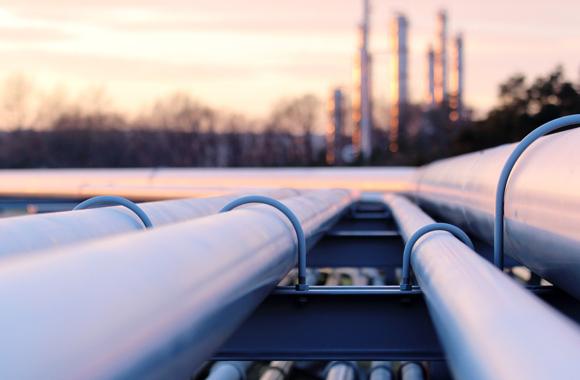
Source: Dombor
Different types of industrial valves mentioned above are used for various purposes. Some major processes that have valve applications include water and sewage treatment, mining and power generation, as well as the refining of petroleum products.
It is possible to operate a valve manually, whether it functions with a handle or lever. Alternatively, valves can be set up to operate automatically in response to a change in pressure These changes may act on a diaphragm or a piston, which in turn activates the valve.
There are more complex control systems that require an actuator, such as for regulating the flow of water through pipes depending on external input. As a result of its input and set-up, the valve may be precisely positioned and controlled to meet a variety of requirements.
Types of Valves Based on Their Design
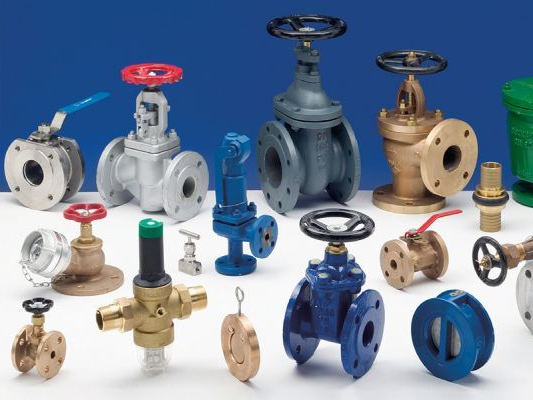
Source: Pinterest
There are several valves that differ in design and operation. A difference in design leads to a big change in their industrial applications. Different types of industrial valves are discussed below:
- Gate Valve
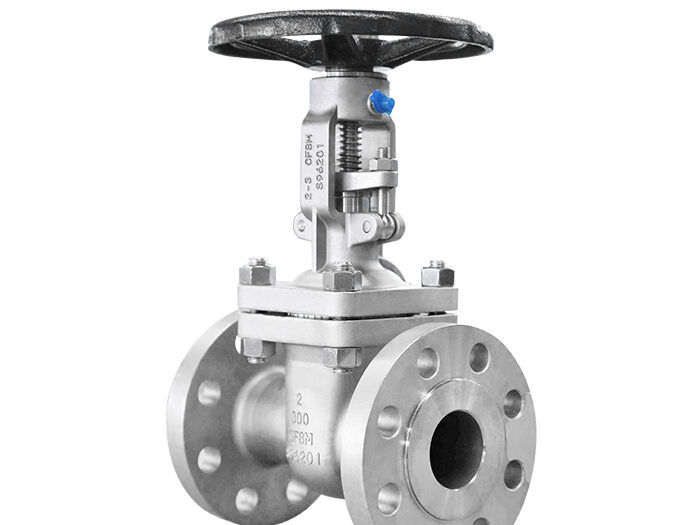
Source: Dombor Gate Valve
The flow of media is controlled by a gate valve that lifts and lowers the gate. The straight-through, unobstructed path of a gate valve is its distinguishing feature, resulting in minimal pressure loss across the valve.
Unlike butterfly valves, the unobstructed bore of a gate valve allows a pig to pass through during pipe cleaning procedures. Gate valves come in a variety of sizes, materials, temperature, and pressure ratings, as well as gate and bonnet styles.
- Globe Valve
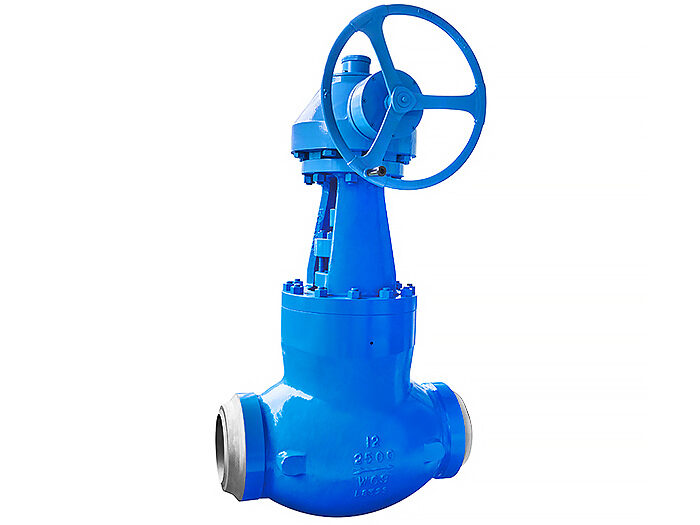
Source: Dombor Globe Valve
In a pipeline, a globe valve controls the flow. It’s a device that allows you to control or stop the flow of liquid or gas through a pipe. This type of valve gets its name from the fact that it has an internal baffle that divides it into two halves. They are also known as throttle valves.
Although these valves have slightly higher pressure drops than other valves, they can be employed in various situations where the valve’s pressure drop is not a constraint.
- Ball Valve
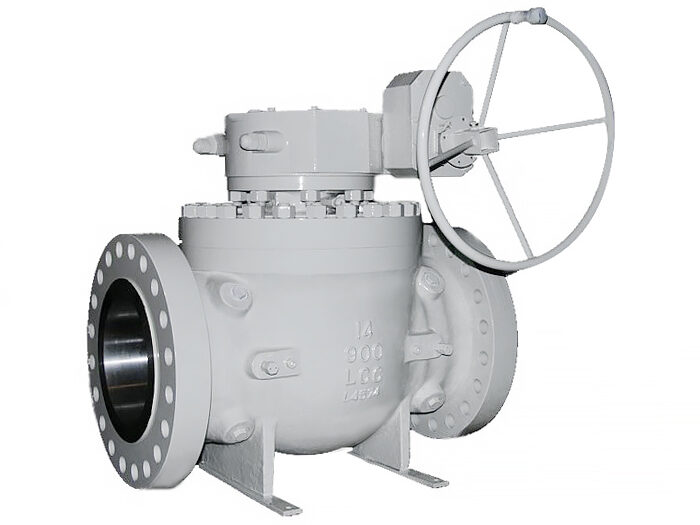
Source: Dombor Ball Valve
An industrial ball valve is a shut-off valve that uses a rotatable ball with a bore to control the flow of a liquid or gas. You can limit or allow the medium to flow by rotating the ball 90 degrees around its axis for a quarter revolution. While not in use for an extended period of time, they nonetheless provide a firm seal. In addition, they are more resistant to polluted media than most other valve types.
Ball valves can also be utilized as a control valve in specific variants. Because the flow rate control precision is less precise than with other types of control valves, this application is less popular.
- Check Valve
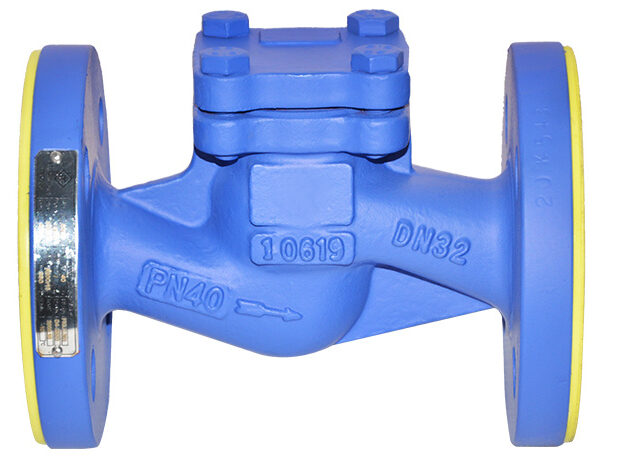
Source: Dombor Check Valve
A check valve is a unidirectional valve. It only allows one direction of fluid flow. They have two ports, one for the media inlet and one for the media output. They are known as one-way valves or non-return valves because they only allow media to flow in one direction. A check valve’s primary function is to prevent backflow in the system.
A pressure differential is required for an industrial check valve to function. To open the valve, they require more pressure on the input side than on the output side. The valve closes when the pressure on the output side is higher (or when the pressure on the input side is insufficient). The closure mechanism differs depending on the valve type. They do not require a handle, lever, actuator, or human to function properly, unlike other valves.
- Pinch Valve
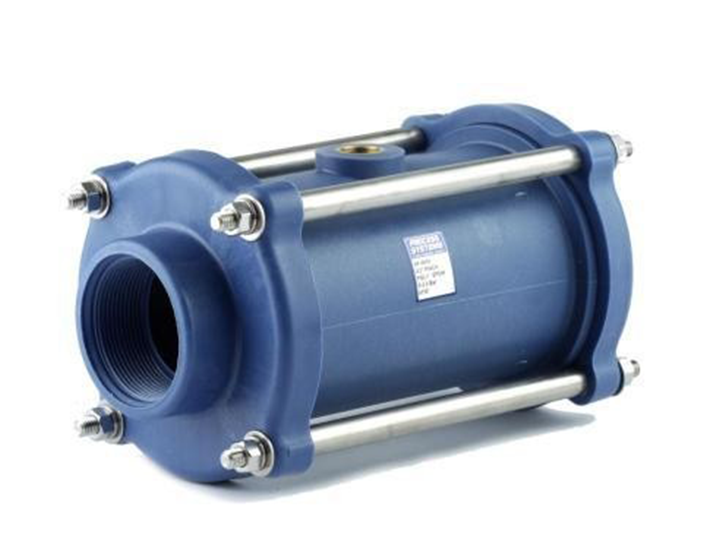
Source: Pinterest
A pinch valve is a two-way valve that is used to control or shut off the flow of corrosive, abrasive, or granular material. Compressed air is used to open or seal the valve.
Open, the valve allows a wide variety of media to pass through its bore. Valves are designed to isolate the medium from contamination by using flexible rubber sleeves inside of them. Slurries and granular goods such as sand, cement, gravel, textile fiber, charcoal, powder, pellets, chipping, glass pieces, and so on are highly compatible with pinch valves.
These valves are affordable, and simple to operate, making them ideal for a variety of industrial applications. Get them from reliable gas valve suppliers for innovative solutions tailor-made to suit your requirements.
- Butterfly Valve
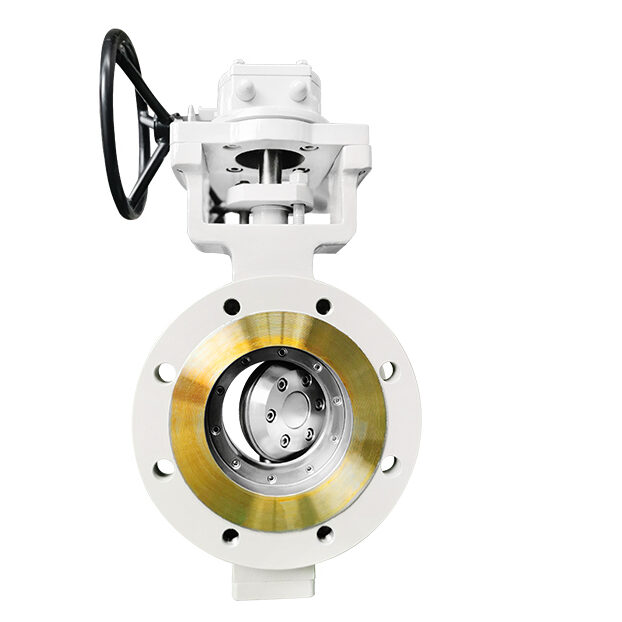
Source: Dombor Butterfly Valve
Butterfly valves are part of the quarter-turn valve family and function similarly to ball valves. A disc is linked to a rod to form the “butterfly.” When the rod turns the disc a quarter turn perpendicular to the flow direction, it closes. The disc is rolled back to enable flow when the valve opens.
Industrial butterfly valves are popular because of their lightweight, compact installation footprint, lower prices, rapid operation, and availability in extremely large sizes. Handles, gears, and automatic actuators can all be used to operate these valves.
- Safety Valve
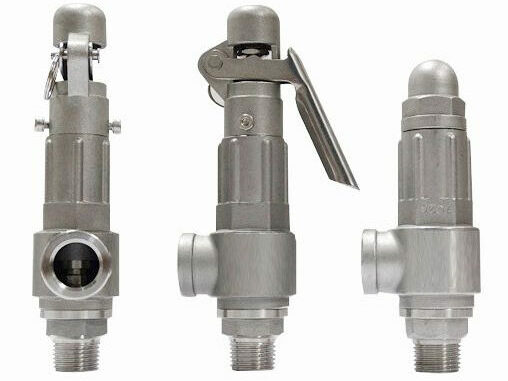
Source: Pinterest
To safeguard the system from overpressure, a safety valve is used. When the pressure surpasses the Maximum Allowable Working Pressure or the pressure for which the system was built, overpressure develops. When opposed to relief valves, safety valves can open quite quickly. A safety valve opens from a predetermined pressure; the valve opens slowly at first, then fully to remove the undesirable pressure from the system as rapidly as feasible.
Safety valves are used to keep pressure from rising too high, causing malfunctions, fires, or explosions. Because safety valves have no electrical or pneumatic components, they are employed when electronic or pneumatic safety mechanisms fail. Approach fully-functional production Oil valves suppliers for the best output.
- Plug Valve
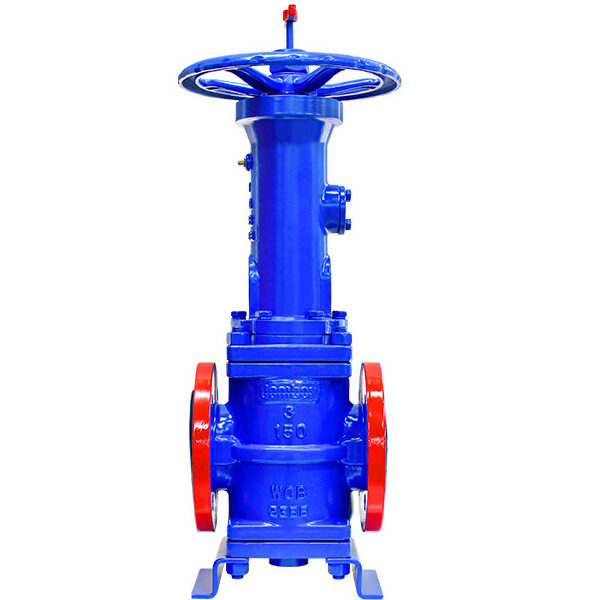
Source: Dombor
A plug valve is a cone-shaped valve that rotates inside the valve body to control the flow of the fluid. One or more hollow channels are commonly positioned horizontally in plug valves to allow easy flow through the valve while it is open.
The two-port plug valve, which has an open and closed state, is the most popular. In such a valve, one route flows from inbound to outbound, while the stem and handle are located on the top of the valve. A quarter-turn valve is also used in an industrial plug valve, which is advantageous when a quick and frequent operation is required.
Materials Used in Making Valves
Source: Pinterest
Industrial valves manufacturers use various materials in making different types of valves. The material is selected according to the valve’s function and application. Here are some of the common materials that industrial valves are made up of:
- Stainless Steel
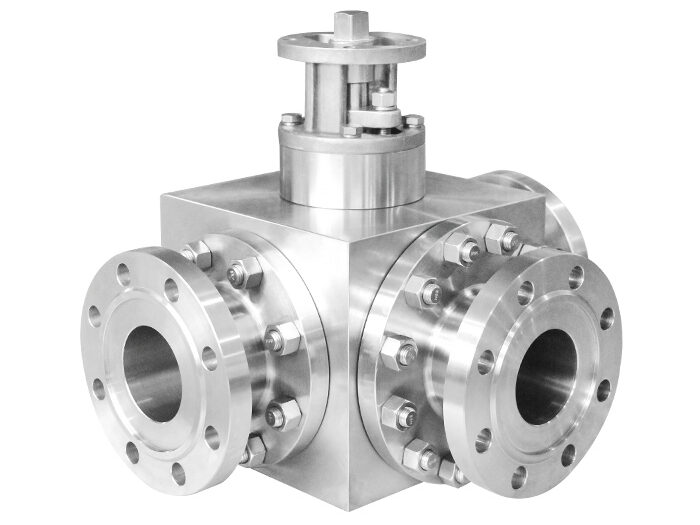
Source: Dombor 3 way Ball Valve
As a non-reactive metal, stainless steel is used in making many industrial valves. Each gauge requires a precise mix of metals such as chromium, nickel, or molybdenum. Stainless steel valves are suited for handling corrosive media such as saline marine water, acids, and halide gases as they do not corrode the body of the valve. In some cases, brass can be a good replacement for steel.
- Cast Steel
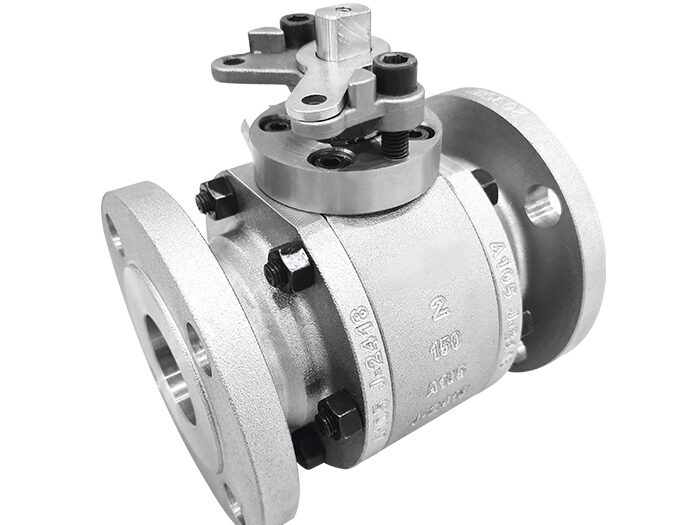
Source: Dombor
Cast steel valves are created by pouring molten steel into a mold and allowing it to solidify under controlled conditions. On the one hand, if done correctly, this procedure produces solid valves and is a practical low-cost method of production.
However, because it is prone to holes and tears where the molten steel has not formed evenly, it requires continuous monitoring and quality control. Furthermore, if the molten steel was of poor quality, the valve will be faulty as well.
- Forged Steel

Source: Dombor
Forged steel valves are made by shaping metal using extreme heat and mechanical equipment. Instead of being poured into a ready-made mold, steel is bent and shaped into the shape of the valve using tools. The benefit of this is that heat tends to harden the metal, resulting in stronger and longer-lasting industrial valves. On the other hand, because it is constructed as a whole, the connections between various elements may be a source of leaks. Forged steel valves are likewise more expensive due to the additional labor involved.
Components of Valve
Valves have several components such as industrial valve actuators, body, stem, and many more. Let’s explore them in detail.
Source: Pinterest
- Body
The body of the valve is the outer casing that houses the internal pieces or trim of most or all of the valve. In commonly used valve designs, the body is usually screwed to the bonnet.
Valve bodies are often made of metal or plastic. Due to its corrosion resistance qualities, particularly against warm saltwater, duplex and super duplex valves are frequently used in seawater applications such as desalination facilities.
- Bonnet
On the valve body, a bonnet serves as a cover. It’s usually screwed or bolted into the valve body semi-permanently. A bonnet keeps everything together inside the valve. Users can remove the bonnet of a valve to gain access to internal parts, usually for maintenance. Many industrial valves lack bonnets; for example, plug valves are frequently devoid of bonnets. Many ball valves do not have bonnets because the valve body is assembled differently, for example by screwing the valve body together in the center.
- Ports
The channels that allow fluid to travel through the valve are known as ports. To control flow, the valve part or disc obstructs ports. Valves typically have two ports, but they can have as many as twenty. Almost always, the valve’s ports are connected to pipes or other components. Threadings, compression fittings, adhesive, cement, flanges, and welding are all examples of connection methods.
- Actuator
From outside the valve body, a handle is utilized to physically regulate the valve. Automatic valves do not have handles. However, some, such as stop-check valves, have a handle for manual overriding purposes. An actuator automatically or remotely operates a valve from outside the body. Some valves, such as check valves and relief valves, have neither a handle nor an actuator since they operate automatically from the inside.
- Disc
A disc, also known as a valve member, is a moveable barrier within the stationary body that restricts flow via the valve in various ways. Discs come in a variety of shapes, despite their classic disc shape. A disc can travel linearly inside a valve, rotate on the stem, or revolve on a hinge or trunnion, depending on the type of valve. A ball is a round valve part that passes through one or more routes between ports. Flow can be steered between different ports by spinning the ball. Spherical rotors with a cylindrical hole drilled as a fluid route are used in ball valves.
Plug valves use plugs, which are cylindrical or conically tapered rotors. Rotor valves can also have any round rotor shapes as long as the rotor can be spun inside the valve body. However, a ball check valve employs the ball to stop the backward flow but is not a rotor because the ball does not rotate while the valve is operated.
- Seat
The seat is the body’s interior surface that makes contact with the disc to create a leak-tight seal. Only when the valve is closed does the disc come into touch with the seat if it moves linearly or swings on a hinge or trunnion. The seat is always in touch with the disc in rotating discs, although the area of contact changes as the disc rotates. In relation to the body, the seat is constantly immobile.
- Stem
The stem transmits motion to the disc from the actuator. In some designs, the stem and the disc, as well as the stem and the handle are integrated into one piece.
The stem can transfer a linear force, a rotational torque, or a combination of these motions. The stem can be screwed into or out of the valve by rotating it in one way or the other. This allows the disc to move back and forth inside the body. To keep a seal between the stem and the bonnet, packing is frequently utilized inside an oil and gas valve.
- Spring
Many valves feature a spring for spring-loading, which causes the disc to default to a certain position but allows control to change it. Relief valves typically use a spring to keep the valve closed, but they also allow excessive pressure to force the valve open against the spring-loading. Normally, coil springs are employed. Zinc-plated steel and stainless steel are common spring materials.
- Trim
The trim of a valve refers to all of the interior components of the valve. It consists of seating and gate surface, stem, bushing, stem hole guide, and other small internal parts that normally come in contact with the service fluid.
Conditions for Operation of Different Valves
Valve types are determined by the pipeline’s circumstances. Valves must be made of materials that can endure harsh circumstances in pipelines without excessive wear and tear and without compromising performance standards. An industrial valves company should take into account the following factors while selecting a valve.
Source: Unsplash
- Temperature
Source: Pinterest
We know that petroleum products are flammable, the oil and gas industry is particularly sensitive to temperature. Valves in petrochemical pipelines must be able to tolerate and maintain temperatures within acceptable ranges in order to meet this requirement In addition, metals expand when heated and shrink when cooled, thus the valve design must take that into account as well. For the valve to function optimally, such temperature swings should be minimized.
- Pressure
Source: Pinterest
It is possible for high-pressure levels in the pipeline to overcome an insufficiently durable valve. When significant fluid pressure is applied to a needle valve, it may not be able to handle the force without being pushed open. Because of this, a steady valve that can handle a high pipeline pressure is required. One type of full-welded ball valve can handle high pressures while still maintaining optimal performance and low torque, for example.
- Pressure Relief
Source: Pinterest
Too much pressure can cause pipeline ruptures or even malfunctions in the most durable valves. As a result, an oil pipeline may require the installation of an industrial pressure relief valve. A check valve, which is pressure sensitive, maybe a useful choice in this situation. To relieve fluid pressure, it can either be opened to discharge pent-up air pressure or it can be allowed to flow media down the pipeline. In the same way, a diaphragm valve might be utilized as a throttling valve.
- Corrosive Conditions
Source: Pinterest
Crude oil is a mixture of several fuels that are separated during the refinement process. Some of the components are highly corrosive, necessitating the use of robust, non-reactive valve materials. For this type of pipeline, stainless steel valves or valves made of improved steel alloys are ideal.
Applications of Industrial Valves in Oil and Gas Industry

Oil and gas activities require a variety of fluid flow control methods. Accordingly, a variety of valves can be used at different phases of manufacturing or distribution, depending on the intended result. Let’s take a look at some of the types of valves in the oil and gas industry.
- Fast Shut Offs and Tight Sealing – Ball Valve
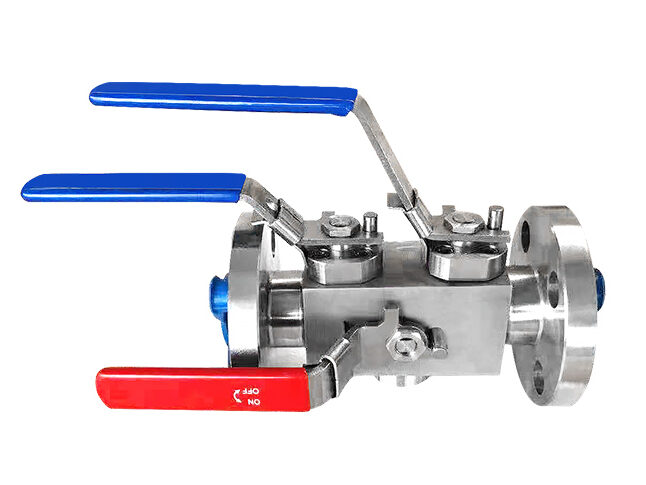
Source: Dombor
In pipeline applications that need fast shutoffs and tight sealing, a ball valve is a rotary valve that can be relied on. A ball valve can come in a variety of shapes and sizes. Each type works well in a certain pipeline situation. Consequently, before selecting a ball valve, it’s important to evaluate the pipeline’s characteristics.
The stem and seats of a floating ball valve are all that hold it aloft. When the floating ball is moved to close the valve, fluid pressure drives it onto its seats and entirely shuts off flow. Even with high-pressure liquids flowing through a spout, opening the valve requires significant torque because pushing the ball against high fluid pressure requires a great deal of force and torque. Hence, an oil and gas pipeline with low to medium pressure should use a floating ball valve.
The ball on a trunnion ball valve, on the other hand, is mounted and does not rely on fluid pressure to hold it in position. At low torque, the mounted ball can also open and close against the force. When it comes to high-pressure applications, this is your best bet.
- Flow Control – Gate Valve
Source: Pinterest
Oil and gas flow rates are not affected by a gate valve since it allows unfettered flow. These properties make it suited for pipelines where the flow rate must be maintained while the flow rate must be controlled.
The disc of a gate valve, when open, leaves the pipeline’s channel unobstructed, allowing slurry fluids such as crude oil to pass through.
- High-Pressure Flow Control – Butterfly Valve
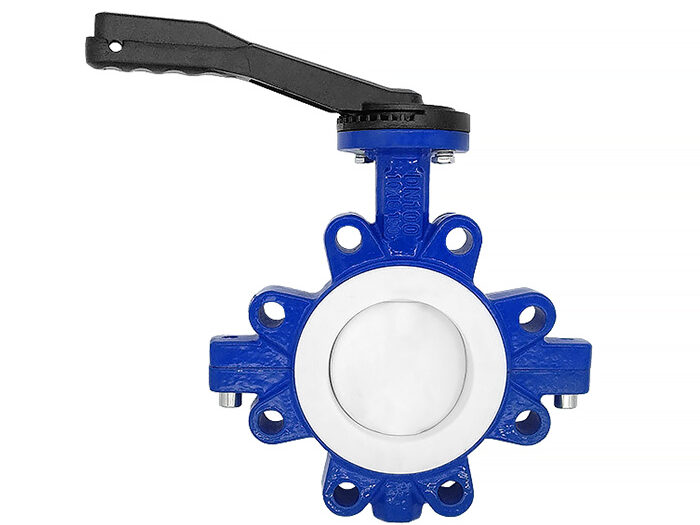
Source: Dombor
A butterfly valve makes up for a lot of what a gate valve lacks in terms of performance. Open channels allow media to flow freely, even if they contain solid particles. Since the stem at the base of a butterfly valve holds its disc in place, it can be used in high-pressure pipelines. Its low-torque operation is also a result of these design attributes.
- Pressure Management – Globe Valve
Source: Pinterest
If you want to stop the flow of air, you can close the globe valve using a plug-like piston. When the actuator is turned, the linear valve opens and closes. It is possible to open this valve to a variety of levels due to the threading on the stem. The popularity of this sort of valve in the petrochemical industry can be traced back to this very fact. Depending on how much throttling is required, the opening size can be reduced.
Valves are designed to lower pressure by having an angled bottom that meets the piston at the base. While the fluid rushes through the raised cavity, it loses momentum. Globe valves are therefore ideal for pipeline systems that require pressure management.
- Channeling of Petroleum Products – Check Valve
Source: Pinterest
A pressure-sensitive valve like a check valve is suitable for channeling separated petroleum products. The valve opens when the inlet pressure is greater than the outlet pressure. There is, however, a restriction on media that flows backward. A check valve is a one-way valve that prevents media from flowing backward.
At the refinery stage of a fossil fuel plant, when segregated petroleum products are routed into different pipelines to retain their integrity, this might be helpful. There’s also the possibility of utilizing it in distribution pipelines where the flow must always be directed forwards.
- Management of Semi-Solid Inputs – Plug Valve
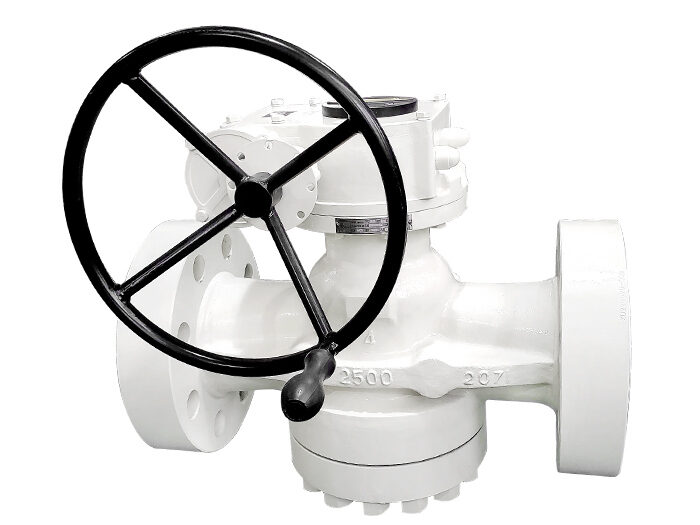
Source: Dombor
As a linear valve, a plug valve has a piston that is larger in diameter than a globe valve. In spite of the fact that it isn’t the best choice for throttling, it can nevertheless hold its own in a pipeline with The plug’s larger surface area allowing the pressure to be spread and dissipated along with the plug while still maintaining fluid flow regulation.
Actuators are used to control the plug, which can be either manually or automatically operated. This allows thick petroleum products to flow unhindered. For unrefined oil products, such as those used in biogas generation, a plug valve can be recommended.
API Standards
Source: Pinterest
When the American Petroleum Institute (API) was founded in 1919 as a standards-setting body, they were a pioneer in bringing together subject matter experts from a variety of industries to develop, maintain, and distribute industry’s consensus standards. There are more than 700 API standards that focus on improving operational safety, environmental conditions, and sustainability in the valve industry. These standards have been implemented globally.
It is ensured that API standards are not just recognized for their technical rigor but also for their third-party accreditation, which makes them easier to accept by state and federal regulators as well as increased international regulators.
For almost 90 years, the American Petroleum Institute (API) has set and maintained standards for the global oil and natural gas sector and continues to do so today. This has enabled the sector to constantly create great products, provide important services, and assure fairness in the marketplace for businesses and consumers alike, thanks to their efforts and contributions. As a result, industry processes are more secure, quality is assured, and expenses may be kept down, waste is reduced, and confusion is minimized. In addition, they speed up the adoption of new products, allowing them to reach the market faster and avoiding the need to reinvent the wheel every time a new product is made.
ASME Standards for Oil and Gas Industry
A global standard for valve design, fabrication, and testing, ASME B16.34 is widely used in the oil and gas industry. They also have a huge impact on the valve manufacturing industry.
Source: Unsplash
When this standard was revised in 1988, it included threaded-end and weld-end valves to the list of acceptable valves. An ASME B16.34-compliant valve should meet the following conditions:
- ASME/ASTM material criteria are met for valves’ chemical composition and strength.
- In order to maintain adequate grain structure and corrosion resistance, body and shell materials are heat-treated prior to assembly.
- Body and other pressure-containing components have wall thicknesses that meet ASME B16.34’s minimum requirements for each pressure class.
- Blowing out of the stems should be impossible due to internal loading.
- Boltings should be of ASTM Grade and the maximum applied tension should be limited by values mentioned in B16.34.
- At 1.5x rated pressure and for a certain period of time, each valve’s shell should be tested.
- Seat leakage is checked in both directions and for a particular amount of time on each valve.
- For each valve, the materials of construction, operating restrictions, and the manufacturer should be permanently marked.
Conclusion
Industrial valves are an integral part of the oil and gas industry. This article discussed various types of industrial valves, their functions, and their components. It is evident that they are essential for oil product safety and quality. However, it will be intriguing to see how industrial valve companies will innovate in the future and how modern technology may be incorporated into valves.

